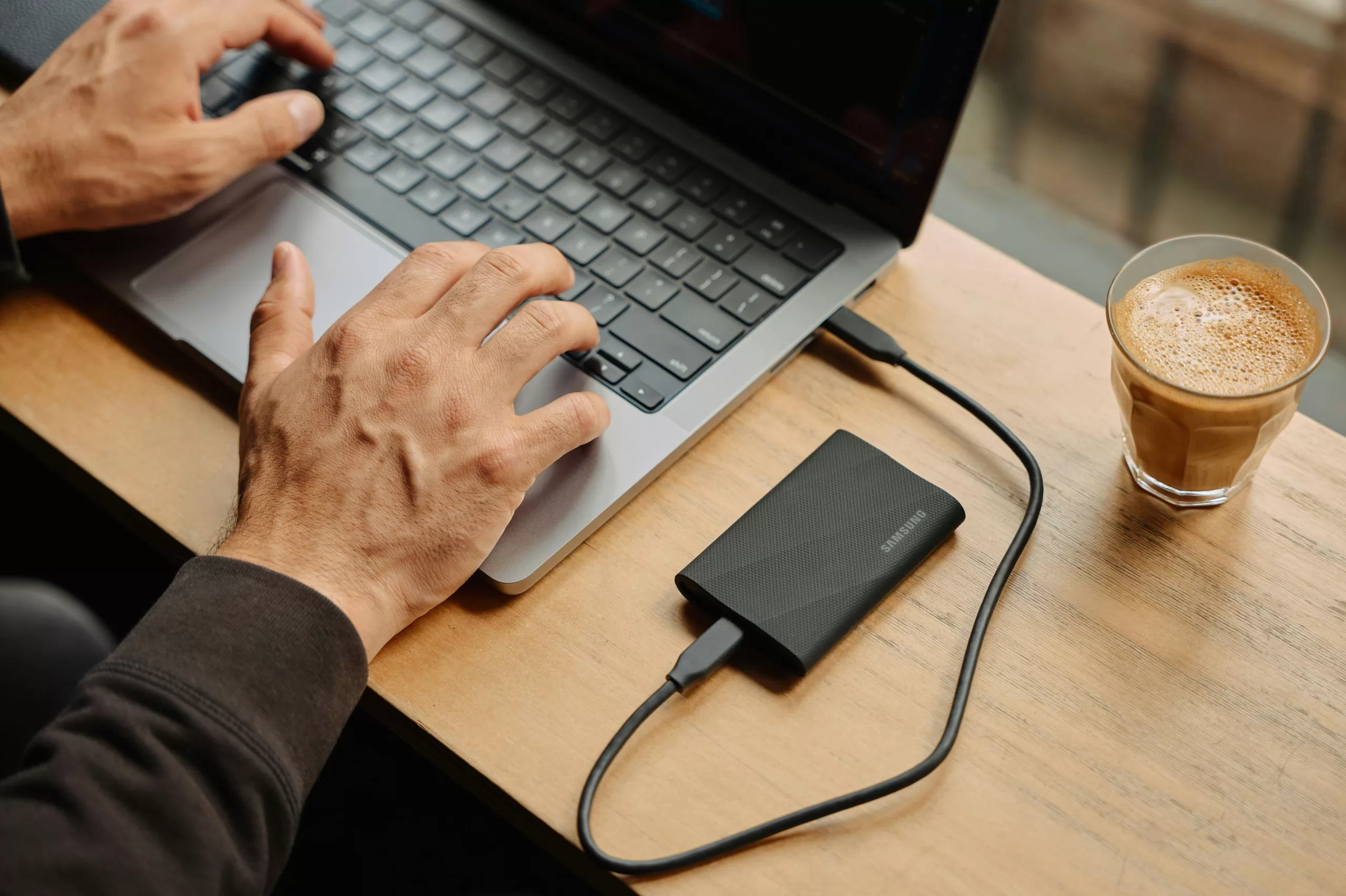We all store and share files daily—whether it’s personal documents, work projects, or photos of our pets. But keeping those files safe? That’s a whole different challenge. This guide will show you how to securely store and transfer your files, so you don’t have to worry about prying eyes or accidental leaks.
What Is Secure File Storage?
Secure file storage means keeping your files protected from unauthorized access or changes. Think of it like locking up valuables in a safe—only you have the key. Good storage methods ensure that your files stay private and untouched.
Watch Out for Phishing Attacks
Phishing scams are everywhere, trying to trick you into giving up your personal data. They usually come in the form of fake emails or sketchy websites. Always double-check the sender’s email address, and never click on links that seem suspicious!
Different Ways to Store Files Securely
Not all storage methods are created equal! Here are some of the best options:
- Cloud Storage – Your files are stored online and accessible from anywhere.
- External Hard Drives – A physical device that keeps your files offline.
- Encrypted USB Drives – A USB stick that locks your files with encryption.
Each option has its benefits, but adding encryption and strong passwords makes them even more secure.
Why Secure File Storage Matters
Keeping your files safe isn’t just about privacy—it’s about protection. Secure storage helps prevent:
- Identity theft – Cybercriminals love stealing personal data.
- Financial loss – Leaked bank details? No thanks.
- Privacy breaches – No one wants their sensitive info in the wrong hands.
If you handle business data, secure storage also helps you stay compliant with legal requirements.
How to Make Your File Storage Safer
Want to level up your file security? Here’s what you can do:
- Use strong passwords that are hard to guess.
- Enable two-factor authentication (2FA) for an extra layer of security.
- Encrypt your files so only you can access them.
- Keep your software updated to fix any security holes.
Best Practices for Strong Passwords
Your passwords should be:
- Long and complex
- A mix of letters, numbers, and symbols
- Unique for each account
- NOT your pet’s name or birthday!
A password manager can help you keep track of them all.
What Is Secure File Transfer?
Secure file transfer is all about sending files safely so no one can intercept or tamper with them. Encryption plays a huge role in making sure your files stay private while being sent.
Safe Ways to Transfer Files
Here are some of the best ways to send files securely:
- SFTP (Secure FTP) – A safer version of standard file transfer.
- VPNs (Virtual Private Networks) – Protects your connection when sending files.
- Encrypted Email Attachments – Adds an extra layer of security to emails.
- Secure File-Sharing Services – Platforms designed for safe transfers.
Using one of these methods helps keep your data safe while it’s in transit.
Steps for Secure File Transfers
To safely transfer files, follow these steps:
- Pick a secure transfer method (like SFTP or VPN).
- Encrypt files before sending them.
- Protect access with strong passwords.
- Verify the recipient before sending.
- Send login details separately from the file itself.
These simple steps ensure that only the intended person can access your files.
Sending Email Attachments Safely
Email attachments can be a weak spot in security. To make them safer:
- Encrypt important attachments
- Use a secure email provider
- Avoid putting sensitive info in the email body
- Double-check the recipient’s email address
A little caution goes a long way in keeping your attachments safe.
Common File Security Mistakes (And How to Avoid Them)
People often make simple mistakes that put their files at risk. Here are some of the biggest ones:
- Weak or reused passwords
- Forgetting to encrypt files
- Using public Wi-Fi to send sensitive info
- Not updating security software
- Sending login details along with the file
To avoid these, follow these best practices:
- Use a password manager to create and store strong passwords.
- Set up automatic encryption.
- Use a VPN when on public Wi-Fi.
- Enable auto-updates for security software.
- Send access details separately from files.
Ready to Secure Your Files?
By following these tips, you’ll make sure your files stay safe from hackers, thieves, and accidental leaks. Strong passwords, encryption, and secure transfer methods go a long way in keeping your data protected.
Need help setting up secure file storage? Get in touch today—we’d be happy to guide you through the process. Don’t wait until something goes wrong—start protecting your files now!
Article used with permission from The Technology Press.


Comments are closed